Here’s whether dust or hair under your phone screen protector damages your phone screen:
For the most part, a small speck of dust will not harm your phone’s screen any amount.
Hair is also usually harmless, but it is more visible and can disrupt your ability to take advantage of interactive visuals.
If either is thick enough, they can impair the screen protector itself, which is worth thinking about.
So if you want to learn all about whether dust or hair under your screen protector is damaging your phone screen, then you’re in the right place.
Keep reading!
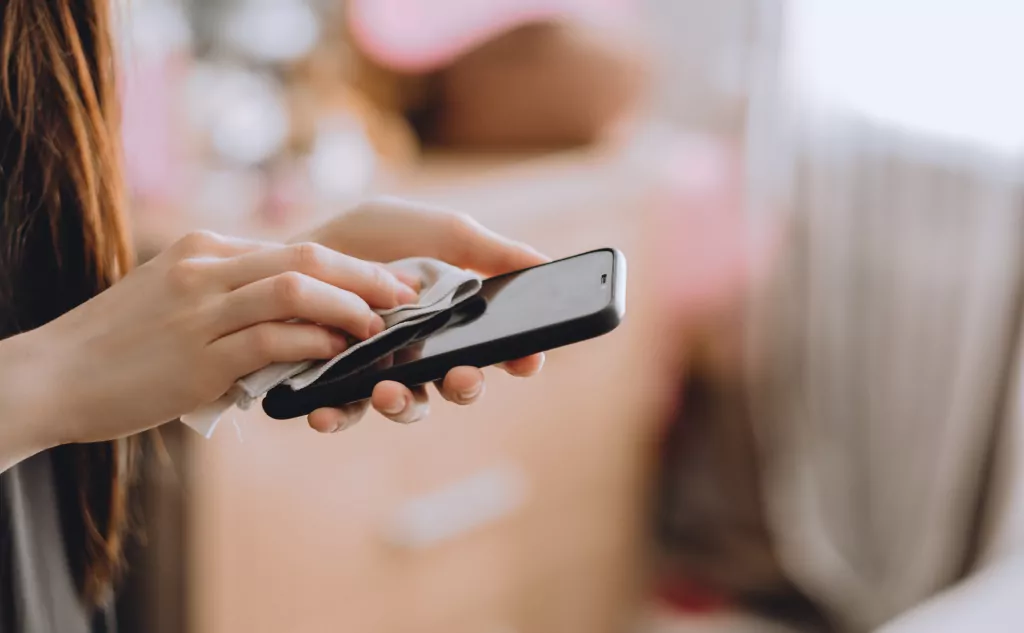
How Much Damage Can Dust and Hair Do to Your Phone Screen? (4 Things)
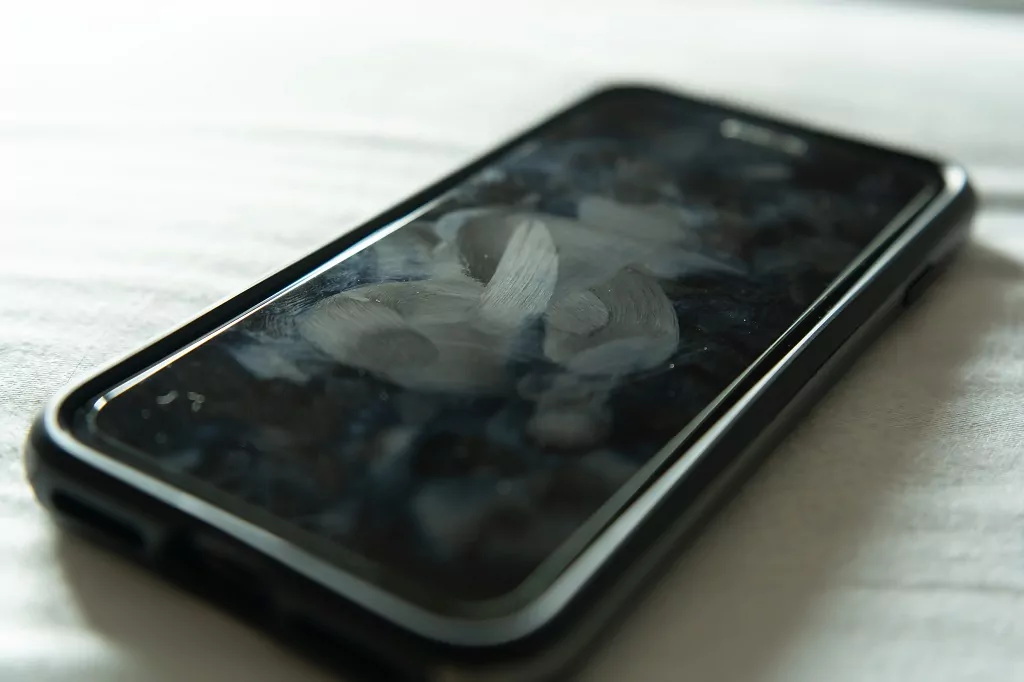
What can hair and dust do to a screen?
Can they scratch it?
Do they mess with the touch sensitivity?
Do they damage the screen protector?
As far as particles go, these are both low on the list of scary and harmful things for your phone.
That said, it helps to know how they do and don’t interact with your screen and its protector.
#1 Things Have to Move to Scratch
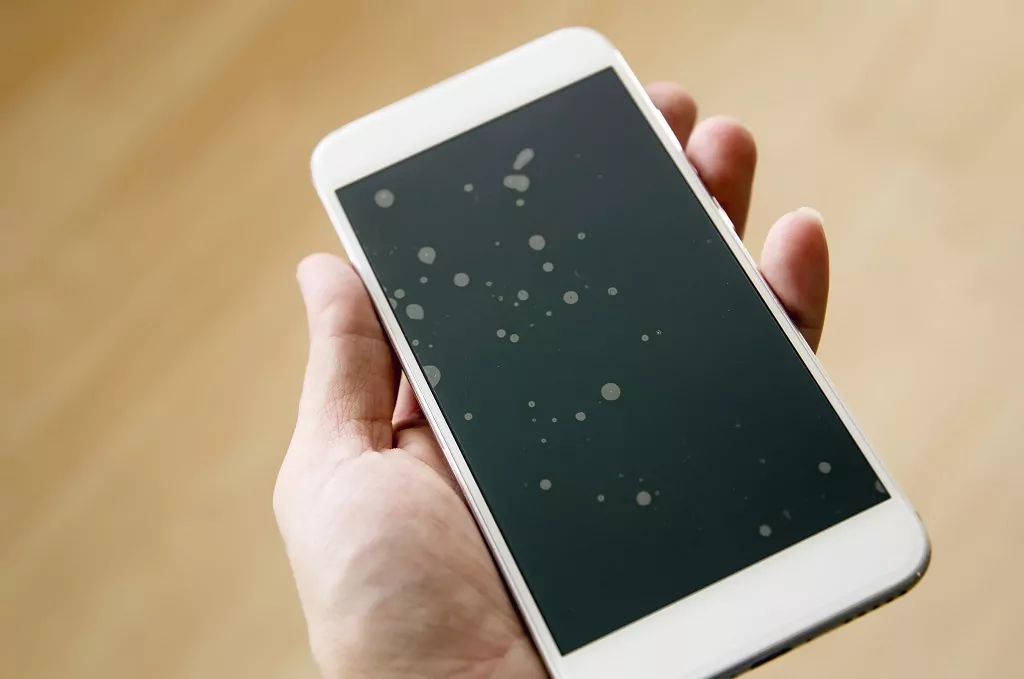
The first thing to think about is how the particle would cause damage.
Primarily, you’re worried about scratching.
You can imagine a little rock under the screen protector sliding around and gouging deep lines into your screen.
Well, the screen protector holds things in place.
This isn’t really a major threat.
#2 Hardness Determines Danger
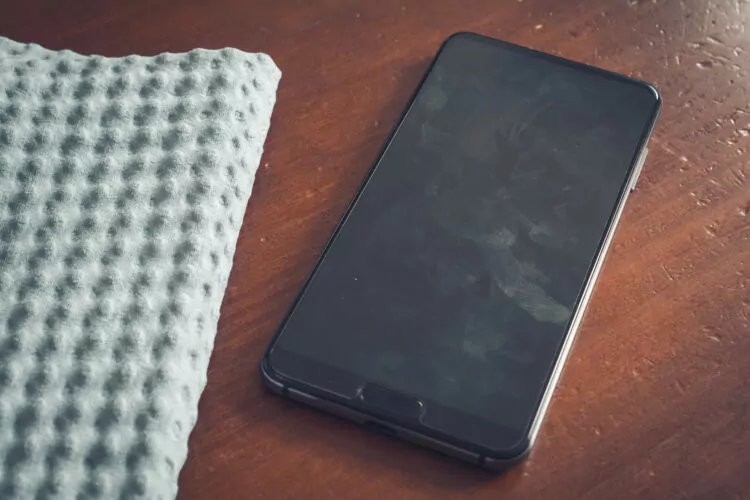
Still, even when the speck is held still, it is being pressed into the glass by the screen protector.
With enough pressure, it could still puncture the screen, and that could cause a lot of problems.
In fact, a screen could be completely ruined by this happening.
There’s good news.
Dust and hair are nowhere near hard enough to puncture a phone screen.
It’s easy to forget, but phone screens are designed to be durable when you don’t use a screen protector.
The protector is mostly just there for drops and heavy impact.
There is no realistic way that dust or hair is going to gouge or puncture your phone screen.
That said, there are particles that can cause havoc (which are covered in detail later).
There are also things to consider besides screen damage.
#3 Unsealed Screen Protectors Are Less Effective
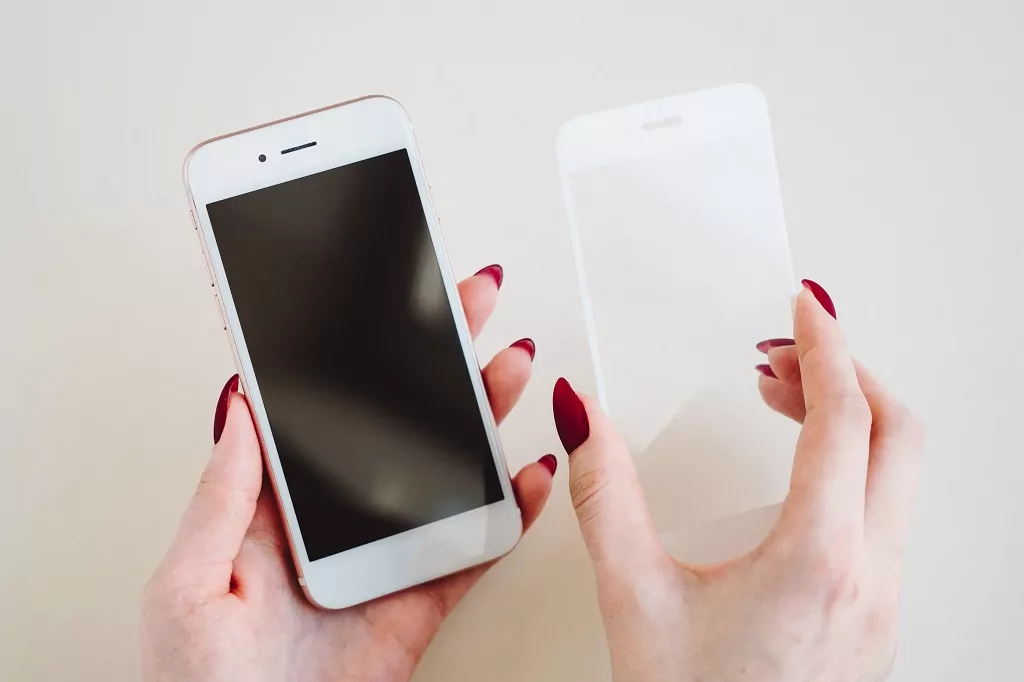
If the dust or hair is thick enough, it can prevent the screen protector from resting directly against the phone glass.
This actually is a problem.
When you drop a phone with a screen protector, the protector is designed to absorb energy from the impact.
If something breaks, it’s the screen protector rather than the phone itself.
But, if there is a gap between the protector and the phone screen, then the drop can slam the protector into the screen.
Some screen protectors are hard enough to damage your phone screen.
Even when that’s not the case, the screen protector is going to break much more easily than it should because it will impact the phone screen in a way it was never designed to do.
#4 There Are Aesthetic Costs to Consider

On top of all of that, having dust or hair trapped under a screen protector can drive a lot of people up a wall.
It can be distracting.
It can also impact how you use the phone.
If the visual obstruction is in the wrong place at the wrong time, it can severely mess with the images that your screen is trying to display.
In other words, the hair or dust is damaging your user experience, even if the phone is physically fine.
Is It Worth Removing a Small Speck From Under a Phone Screen Protector? (2 Things)
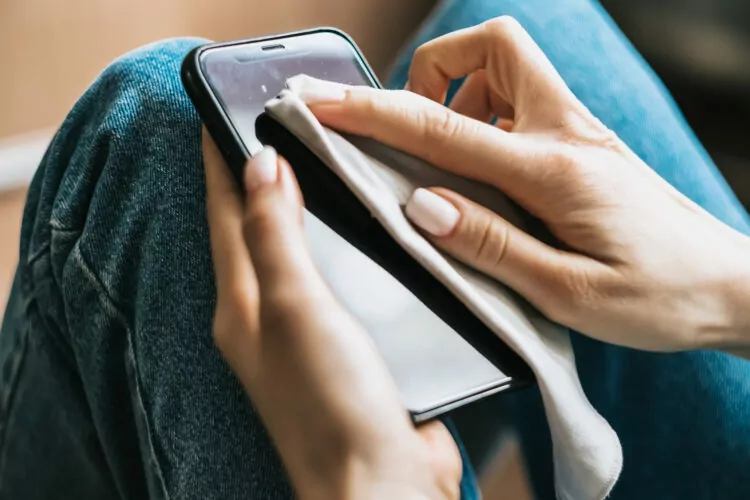
Since the dust and/or hair isn’t a devastating problem, you have an option to weigh.
Is it worth removing your screen protector in order to improve the aesthetics or make the screen protector last longer?
That is mostly going to depend on what type of protector you have and how it sticks to your phone screen.
#1 Adhesive vs. Non-Adhesive Protectors
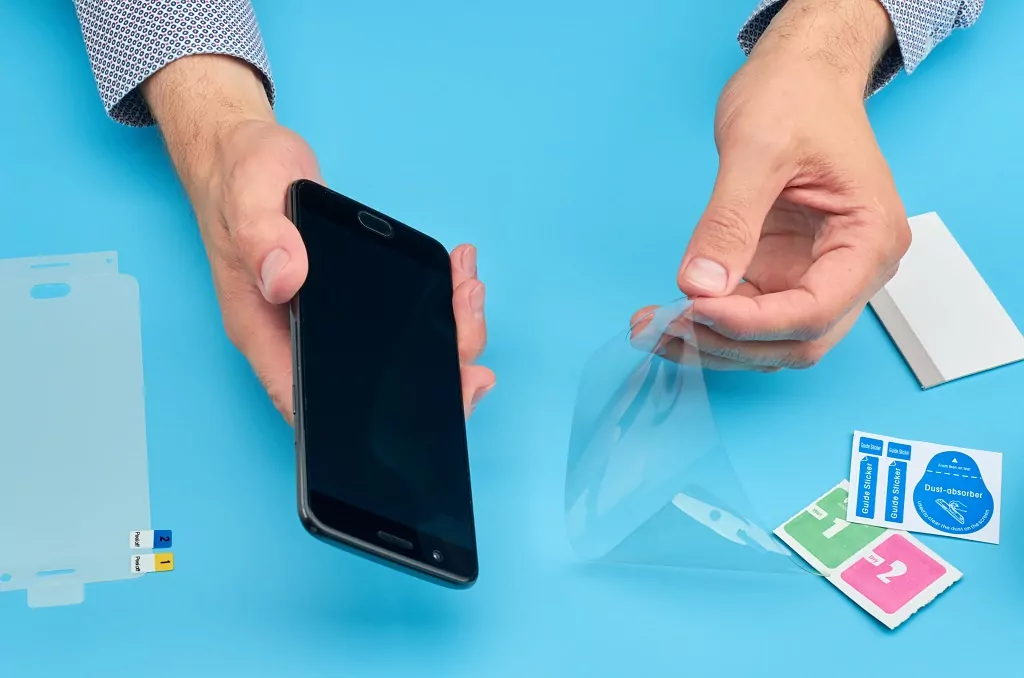
One of the major things to consider is how the screen sticks to the phone.
The most common case is a glass screen protector that uses an attached adhesive to stick on semi-permanently.
Glass protectors like this can be removed, but when you do, the adhesive is usually damaged, and you have to replace the entire screen protector.
Film-style screen protectors often stick by the use of static electricity.
These can be removed and reapplied a bit more easily.
Some high-end screen protectors use stronger adhesives that cure.
These can make it a lot harder to get the screen protector off.
So, depending on how hard it is and whether or not you have to replace the screen protector, you’ll have to decide if it’s worth the effort or not.
#2 Damage Caused By Improperly Removing the Screen Protector From Your Phone
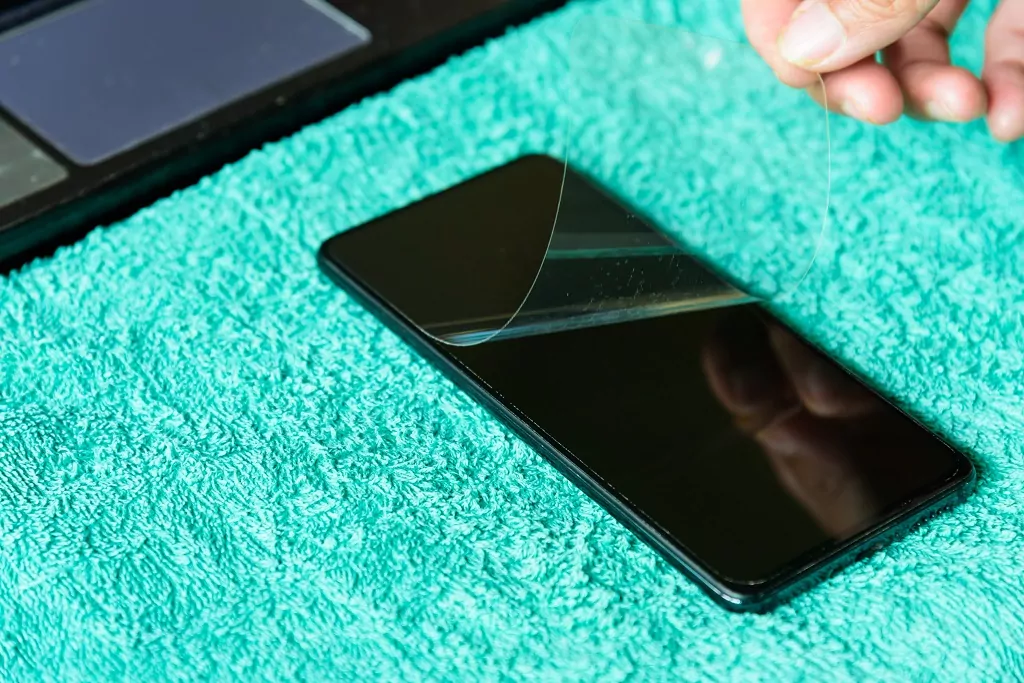
There’s one more important thing to consider.
Prying off a screen protector isn’t always easy.
If you’re tempted to use tools, like a knife, to do the job, then you’re at risk of damaging the phone.
In many cases, removing the screen protector improperly causes much more hazard and harm to the phone than leaving a speck of dust or hair under it indefinitely.
How Do You Remove the Dust or Hair From Under Your Phone Screen Protector? (3 Steps)
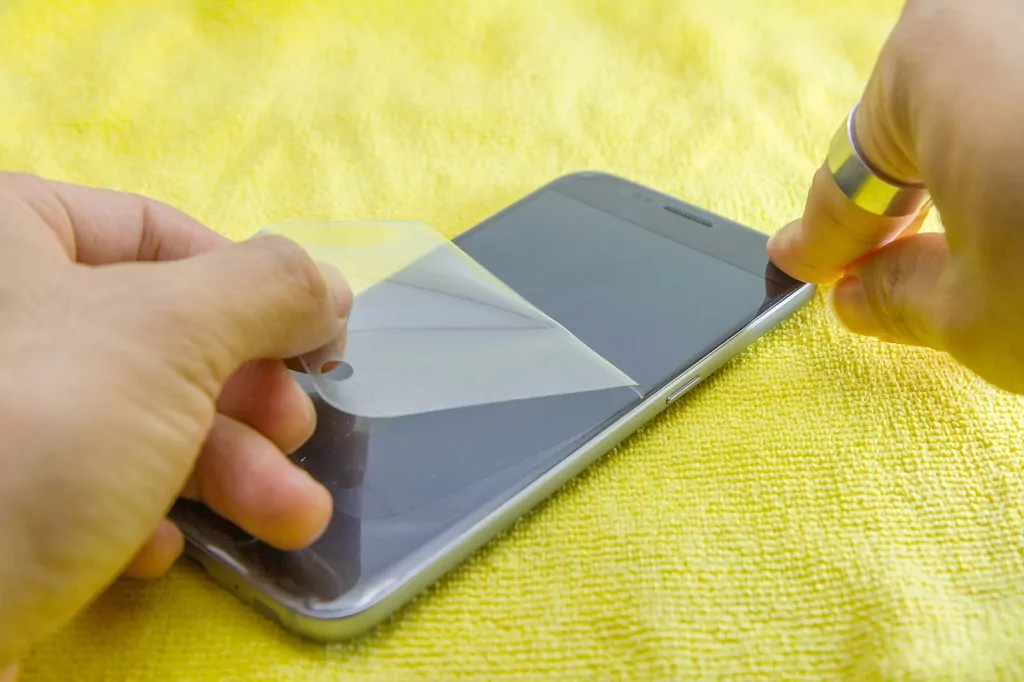
If you want to get rid of something under your screen protector, you need good methods.
There are a few ways to go about this, but all of them require you to pull the screen protector free.
That first step is unavoidable.
#1 Scotch Tape Method
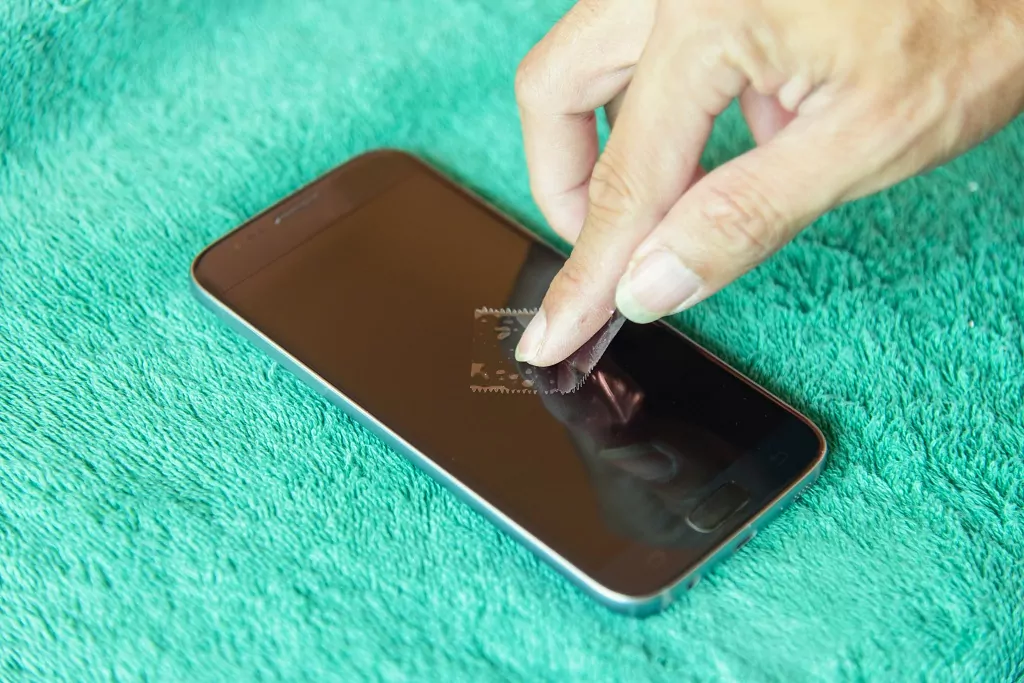
If you can get to the hair or dust directly, scotch tape is great for removing it.
You take a small piece of tape, stick it to the spec (and probably the screen at the same time), and pull the tape free.
The speck will typically come back with the tape, and your screen is clear.
Keep two things in mind with this method.
First, low-quality tape is likely to leave residue behind, and that can be bad for the touch features on the phone (and it can mess with the visuals a little).
Second, even if no obvious residue is left behind, you should clean the screen before applying or reapplying the screen protector.
Otherwise, any unintentional smudges will be left behind.
#2 Lift, Remove and Reapply
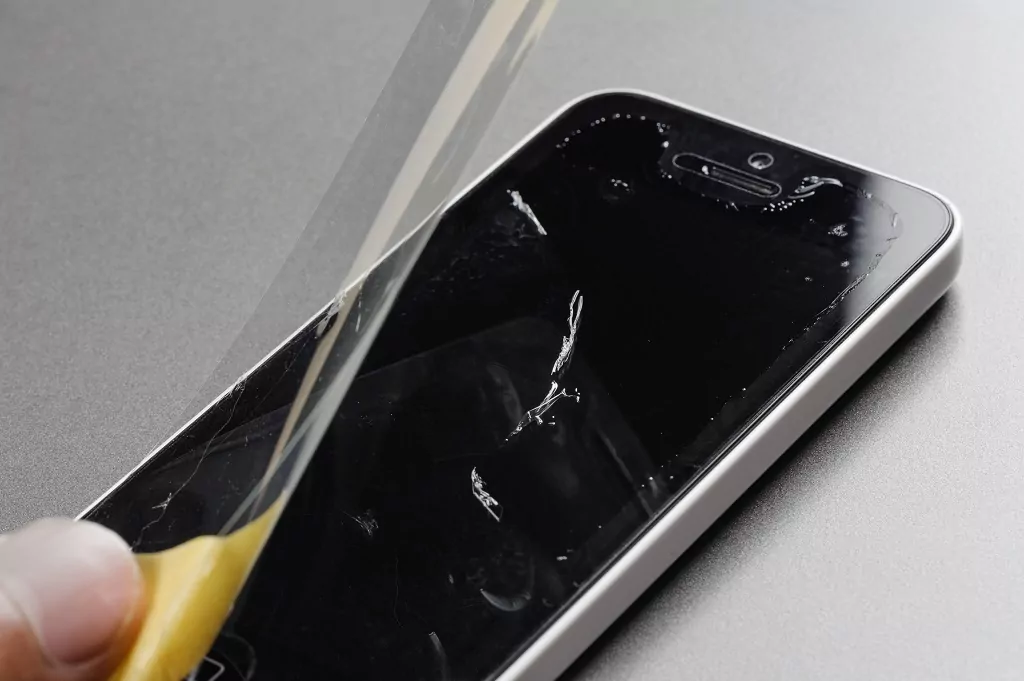
This is the obvious method.
Lift the screen protector.
Use your fingers to remove the speck.
Then reapply the screen protector.
As mentioned above, it’s always best to clean the screen before applying (or reapplying) a screen protector.
#3 Alcohol Wipes
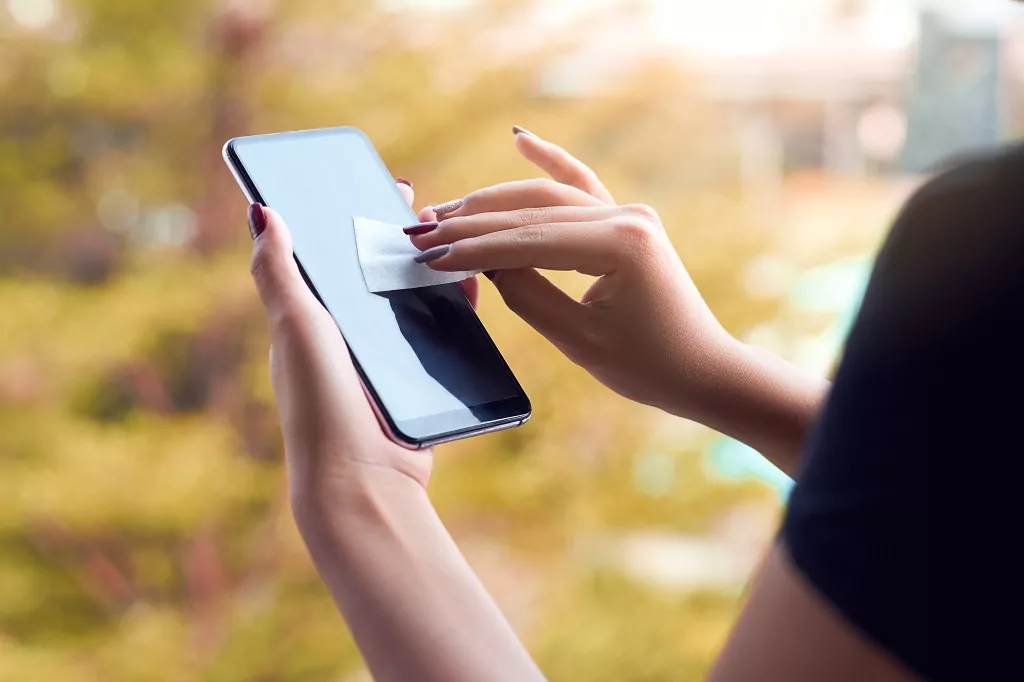
Alcohol wipes are a safe way to clean modern smartphones.
You can use other glass-safe cleaners as well.
There are specific cleaning solutions that use static-free, streak-free liquids to enable you to harmlessly clean away specs, streaks, and anything else.
Any of these, paired with a microfiber cloth, provide a viable way to remove the spec and have a clean screen.
What Kinds of Particles Will Hurt Your Phone Screen?
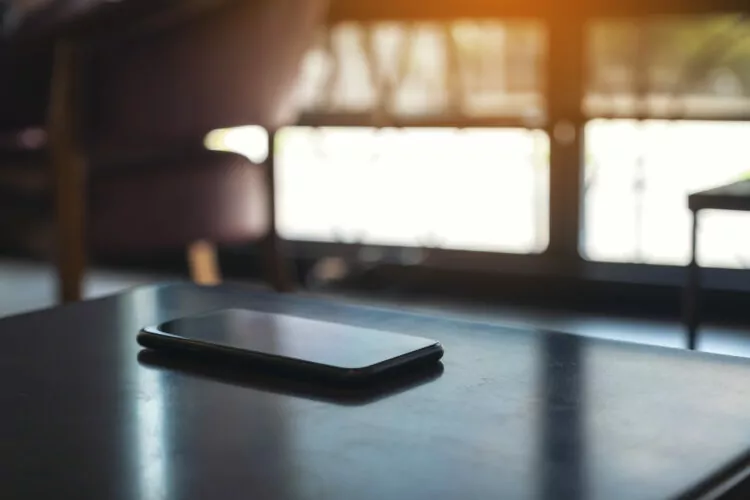
Dust and hair are mostly harmless, but some things aren’t.
What really hurts a screen?
Any particle of rock is bad.
This can be as simple as a single grain of sand or salt.
These materials are hard enough to scratch the screen.
They’re also small enough that they might be able to move a little under the screen protector.
Most non-mineral materials won’t be nearly as dangerous to the screen.

